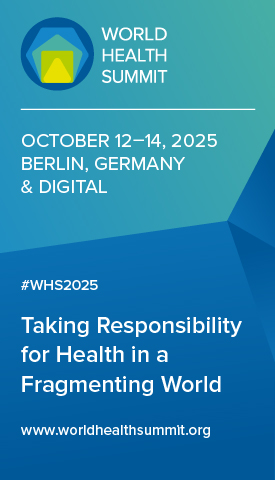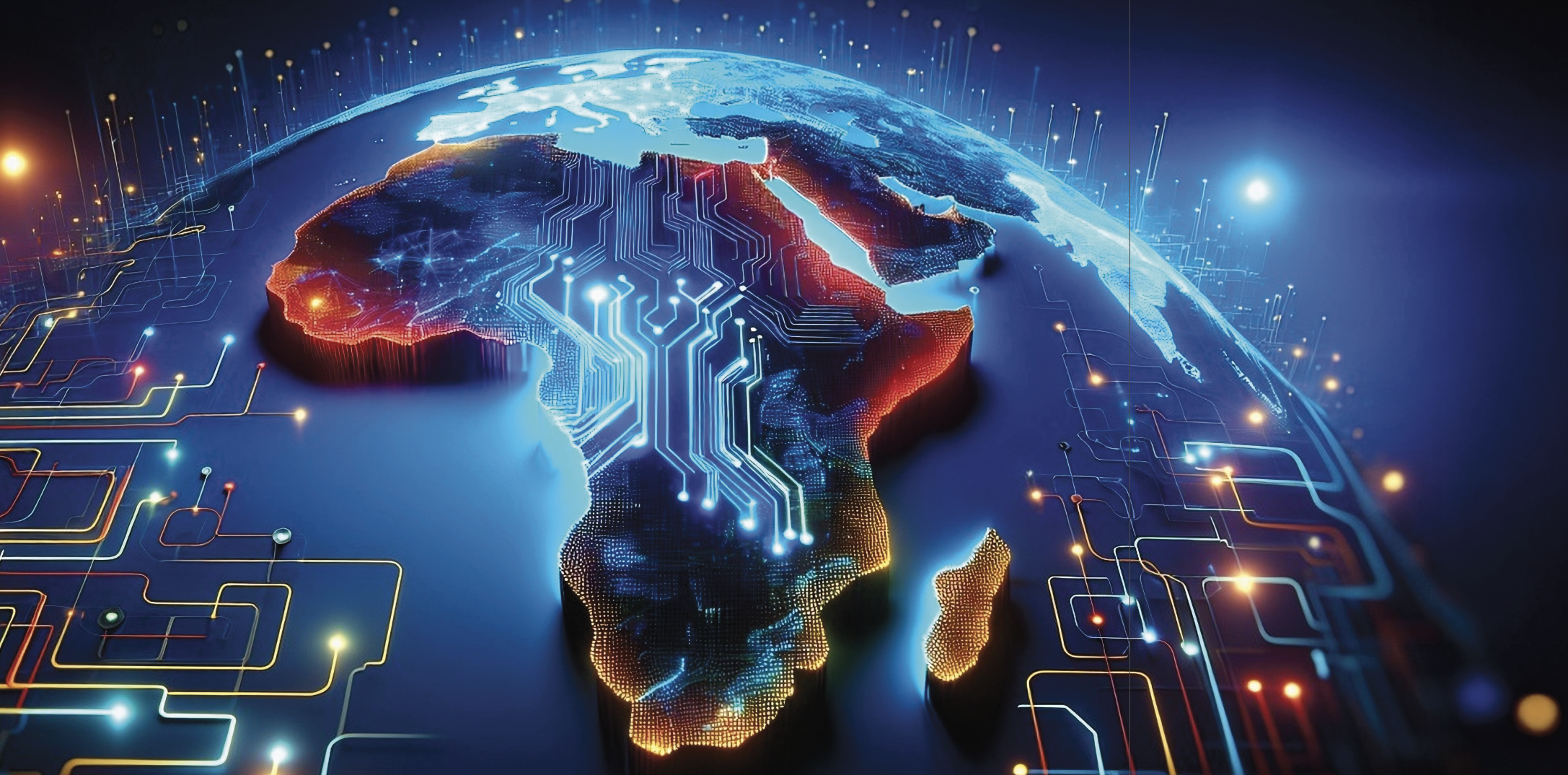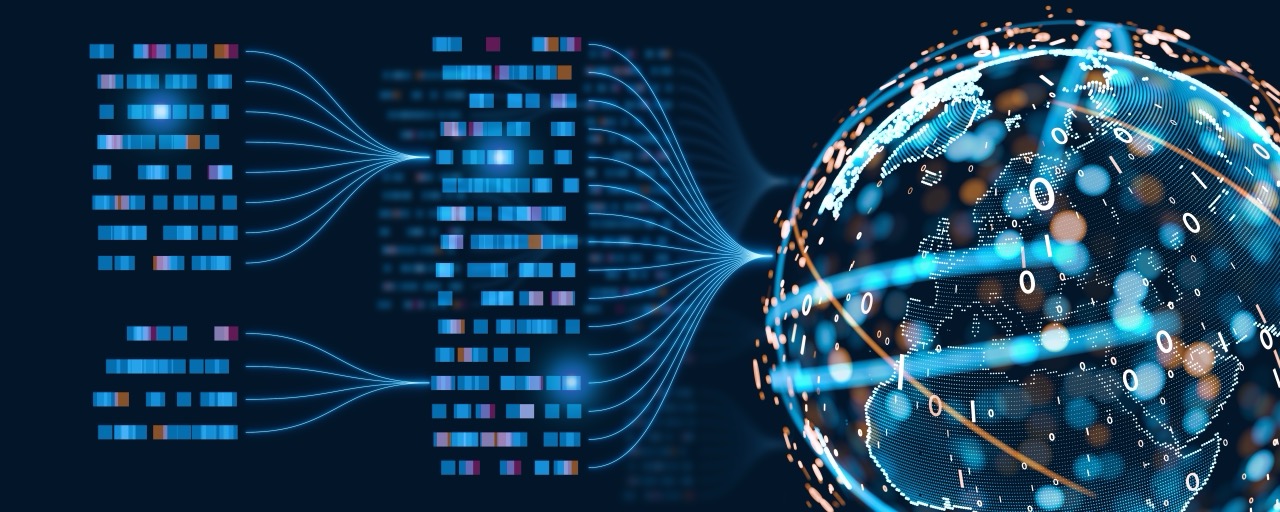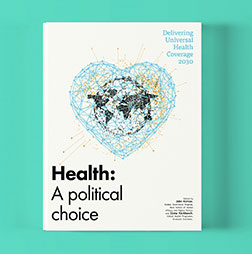Strengthening biosecurity at the health and security interface
As we stand at the precipice of a new era, where technological advancements are redefining the fabric of our world, we must acknowledge that the future is not what we predict, but what we prevent. The rapid evolution of life sciences and related technologies such as artificial intelligence, synthetic biology and quantum technology holds tremendous promise for transformative progress, but also poses unprecedented risks.
The intersection of new technologies with biological agents and toxins is particularly concerning. Advances in fields such as synthetic biology have made it easier to engineer and manipulate biological materials. Similarly, the increasing use of AI and machine learning can facilitate the development and dissemination of biological agents, making it more challenging to detect and prevent their misuse.
Biological agents and toxins occur naturally worldwide and may have legitimate uses in fields such as research, medicine, agriculture and industry. Some have the potential to improve human, animal and plant health, but others have significant impacts on global health, security and stability.
But what if non-state actors, including terrorist groups, were to deliberately exploit these biological agents and toxins as weapons? In an era of globalisation and increased geopolitical tensions, collaboration between the One Health community and the security sector is essential.
An integrated approach
Law enforcement must be empowered to further strengthen biosecurity, given its key role in the early identification of biological incident indicators and related investigations. This requires not only awareness of the potential threats, but also the ability to collaborate with the health sector. For instance, in the early stages of a response to an incident involving biological materials and toxins, law enforcement and the health sector use different tools to carry out risk assessments and determine the origins of the incident, such as forensic investigation and epidemiological surveillance. Without sharing intelligence and expertise, the work of each of these two sectors risks being ineffective.
Through its Bioterrorism Prevention Unit, Interpol has intensified efforts in recent years to enhance this collaboration at the health and security interface. With a cooperation agreement with the World Organisation for Animal Health in 2022, and a similar agreement expected to be signed with the World Health Organization this year, Interpol leverages the expertise of health partners to inform its activities and support multistakeholder cooperation against biological threats.
Adapting to the evolving threat
By working together, health and law enforcement complement each other’s actions, filling the critical awareness gap and staying ahead of the technological curve. To further enhance our collective ability to prevent and respond to ever evolving biological threats, Interpol has long supported integrating law enforcement perspectives into policy development and standard setting.
Interpol’s biannual Global Biosecurity Conference brings together key international stakeholders from health, academia and law enforcement to foster dialogue and collaboration across sectors. This exchange of ideas and expertise informs Interpol’s intelligence-driven approach and enables the organisation to adapt to the evolving biological threat landscape.
Interpol’s multiyear Global Biosecurity Enhancement Programme, including training and awareness-raising initiatives, helps to ensure that law enforcement agencies have the necessary skills and knowledge to respond effectively to biological incidents.
To inform capacity-building activities and keep its 196 member countries abreast of the evolution of the threat landscape, Interpol recently launched BioTracker, a crime analysis file that serves as an early-warning mechanism, disseminating critical and accurate information on biological incidents. As the threat requires a networked response, member countries are joining data-sharing meetings to exchange information on the latest biological incidents, best practices, trends and response mechanisms. This information contributes to enhancing police readiness, interoperability and cooperation globally, as well as policy and legal frameworks.
Regular awareness-raising publications enable law enforcement agencies to better understand the risks and challenges related to preventing and responding to biological incidents. Interpol recently published a list of biological agents and toxins of concern for animal and human populations, which was shared with member countries and relevant partner organisations. The list importantly supports bio-preparedness efforts, as well as the establishment of adequate legal frameworks.
Interpol is committed to supporting its membership in staying ahead of the evolving biological threat landscape, using its convening power to ensure a coordinated, integrated and cohesive response. This response recognises the critical role of law enforcement and that relies on multistakeholder strategic partnerships to ultimately protect health, enhance security and maintain stability.












